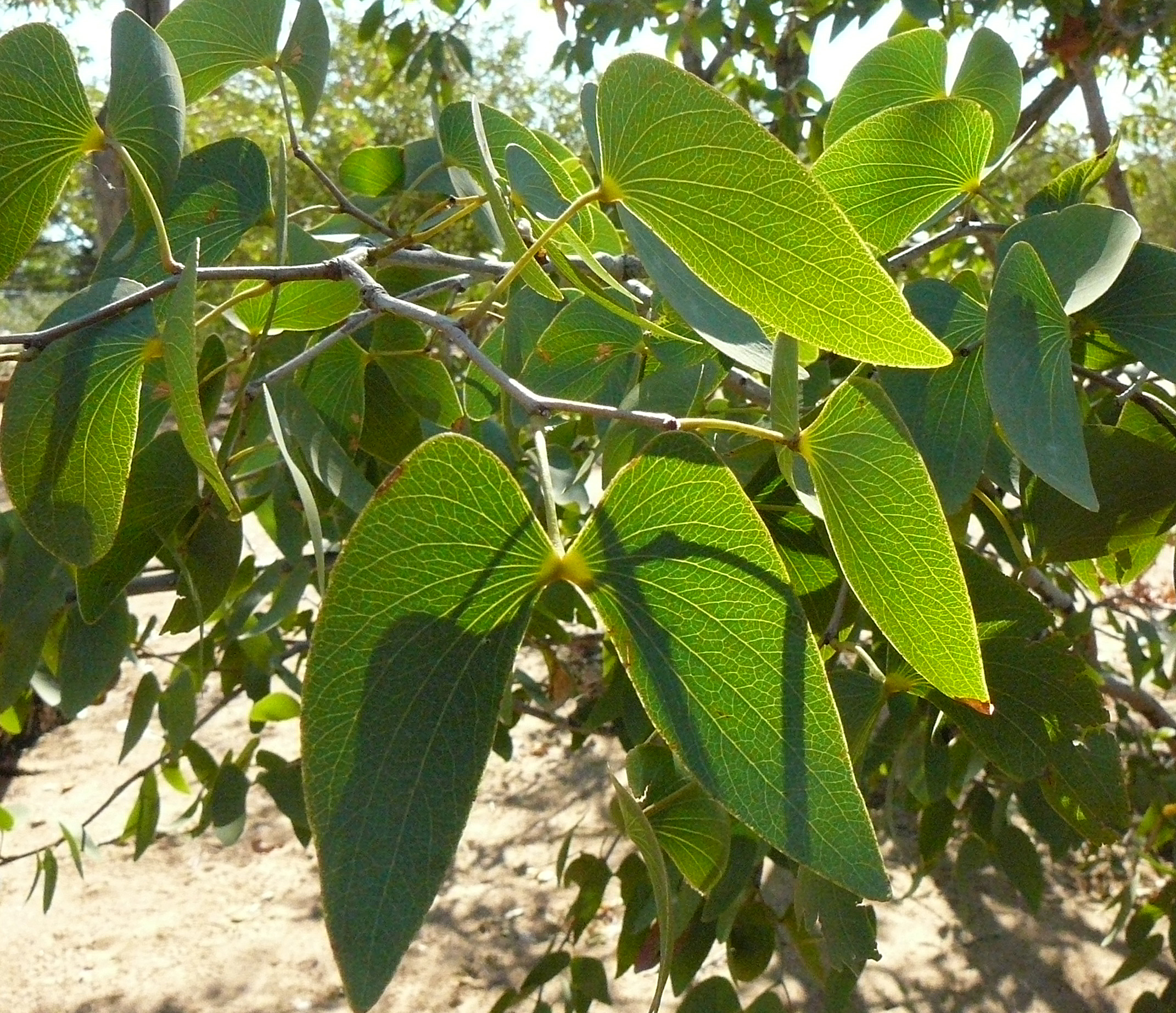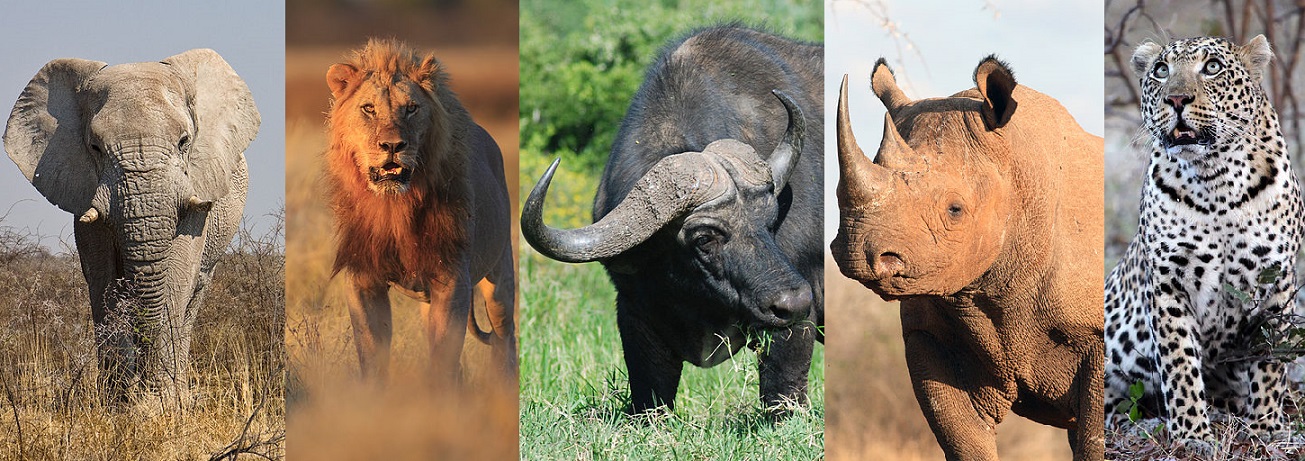|
Venetia Limpopo Nature Reserve
{{Location map, South Africa Limpopo, float = right , width=250 , caption = Position of Venetia Limpopo Nature Reserve, label = Venetia Limpopo NR, position=background=white, lat=-22.30251, long=29.20412 The Venetia Limpopo Nature Reserve is situated in the northernmost parts of South Africa, and is owned by the De Beers Diamond Mining Company - the mine itself is actually within the confines of the reserve. The reserve is approximately 33,000 ha in size, and is characterised by the dominant mopane (''Colophospermum mopane'') veld-type. Whilst scenic, the area is very hot — summer temperatures regularly pass the 40 degrees Celsius mark. The reserve is home to three of the big five (lion, elephant and leopard — but not rhino and buffalo). There was a population of African wild dog in the park which were part of a research project of the Carnivore Conservation Group, a branch of the Endangered Wildlife Trust. Literally across the road is one of South Africa's newest natio ... [...More Info...] [...Related Items...] OR: [Wikipedia] [Google] [Baidu] |
Mopane
''Colophospermum mopane'', commonly called mopane, mopani, balsam tree, butterfly tree, or turpentine tree, is a tree in the legume family (Fabaceae), that grows in hot, dry, low-lying areas, in elevation, in the far northern parts of southern Africa. The tree only occurs in Africa and is the only species in genus ''Colophospermum''. Its distinctive butterfly-shaped (bifoliate) leaf and thin seed pod make it easy to identify. In terms of human use it is, together with camel thorn and leadwood, one of the three regionally important firewood trees. Range and habit It is native to Southern Africa, including Southern Angola, Zambia, Southern Malawi, Namibia, Botswana, Zimbabwe, Mozambique and northern South Africa. It grows in alkaline (high lime content) soils which are shallow and not well drained. It also grows in alluvial soils (soil deposited by rivers). Where it occurs, it is often the dominant tree species, frequently forming homogeneous stands. In Northern South Africa and ... [...More Info...] [...Related Items...] OR: [Wikipedia] [Google] [Baidu] |
Big Five Game
In Africa, the Big Five game animals are the lion, leopard, black rhinoceros, African bush elephant, and African buffalo. They are examples of charismatic megafauna, featuring prominently in popular culture, and are among the most famous of Africa's large animals. The term was coined by big-game hunters, and refers to the five most difficult animals in Africa to hunt on foot but is now more widely used by game viewing tourists and safari tour operators. The 1990 and later releases of South African rand banknotes feature a different big-five animal on each denomination. Countries where all can be found include Angola, Botswana, Zambia, Uganda, Namibia, South Africa, Kenya, Tanzania, Zimbabwe, Mozambique, Eswatini, the Democratic Republic of the Congo, Rwanda and Malawi. Species Elephant The African bush elephant (''Loxodonta africana'') and African forest elephant (''Loxodonta cyclotis'') are the largest land-based animals. Elephants are herbivores with thick, almost hairles ... [...More Info...] [...Related Items...] OR: [Wikipedia] [Google] [Baidu] |
African Wild Dog
The African wild dog (''Lycaon pictus''), also called the painted dog or Cape hunting dog, is a wild canine which is a native species to sub-Saharan Africa. It is the largest wild canine in Africa, and the only extant member of the genus '' Lycaon'', which is distinguished from ''Canis'' by dentition highly specialised for a hypercarnivorous diet, and by a lack of dewclaws. It is estimated that about 6,600 adults (including 1,400 mature individuals) live in 39 subpopulations that are all threatened by habitat fragmentation, human persecution, and outbreaks of disease. As the largest subpopulation probably comprises fewer than 250 individuals, the African wild dog has been listed as endangered on the IUCN Red List since 1990. The species is a specialised diurnal hunter of antelopes, which it catches by chasing them to exhaustion. Its natural enemies are lions and spotted hyenas: the former will kill the dogs where possible, whilst hyenas are frequent kleptoparasites. Like ot ... [...More Info...] [...Related Items...] OR: [Wikipedia] [Google] [Baidu] |
Endangered Wildlife Trust
The Endangered Wildlife Trust (EWT) is a non-governmental, not-for-profit South Africa South Africa, officially the Republic of South Africa (RSA), is the southernmost country in Africa. It is bounded to the south by of coastline that stretch along the South Atlantic and Indian Oceans; to the north by the neighbouring countri ...n conservation organisation. Founded in 1973, the EWT has an expanding footprint throughout southern and East Africa, focusing on the conservation of threatened species and ecosystems. The EWT implements research and conservation action programmes, implementing projects that address the threats facing species and their habitats, and support sustainable natural resource management. EWT programmes * African Crane Conservation Programme (ACCP) *Birds of Prey Programme (BoPP) *Carnivore Conservation Programme (CCP) *Conservation Science Unit (CSU) *Drylands Conservation Programme (DCP) *National Business and Biodiversity Network (NBBN) *People in Con ... [...More Info...] [...Related Items...] OR: [Wikipedia] [Google] [Baidu] |
Mapungubwe National Park
Mapungubwe National Park is a national park in Limpopo Province, South Africa. It is located by the Kolope River, south of the confluence of the Limpopo and Shashe rivers and about to the NE of the Venetia Diamond Mine. The National Park borders Mapesu Private Game Reserve to the south. It abuts on the border with Botswana and Zimbabwe, and forms part of the Greater Mapungubwe Transfrontier Conservation Area. It was established in 1995 and covers an area of over . The park protects the historical site of Mapungubwe Hill, which was the capital of the Kingdom of Mapungubwe, as well as the wildlife and riverine forests along the Limpopo River. The Mapungubwe Hill was the site of a community dating back to the Iron Age. Evidences have shown that it was a prosperous community. Archaeologists also uncovered the famous golden rhino figurine from the site. It is one of the few places in Africa that has both meerkats and Nile crocodiles. Mapungubwe National Park is renowned for its sc ... [...More Info...] [...Related Items...] OR: [Wikipedia] [Google] [Baidu] |
Nature Reserves In South Africa
A nature reserve (also known as a wildlife refuge, wildlife sanctuary, biosphere reserve or bioreserve, natural or nature preserve, or nature conservation area) is a protected area of importance for flora, fauna, or features of geological or other special interest, which is reserved and managed for purposes of conservation and to provide special opportunities for study or research. They may be designated by government institutions in some countries, or by private landowners, such as charities and research institutions. Nature reserves fall into different IUCN categories depending on the level of protection afforded by local laws. Normally it is more strictly protected than a nature park. Various jurisdictions may use other terminology, such as ecological protection area or private protected area in legislation and in official titles of the reserves. History Cultural practices that roughly equate to the establishment and maintenance of reserved areas for animals date back to ... [...More Info...] [...Related Items...] OR: [Wikipedia] [Google] [Baidu] |


.jpg)


